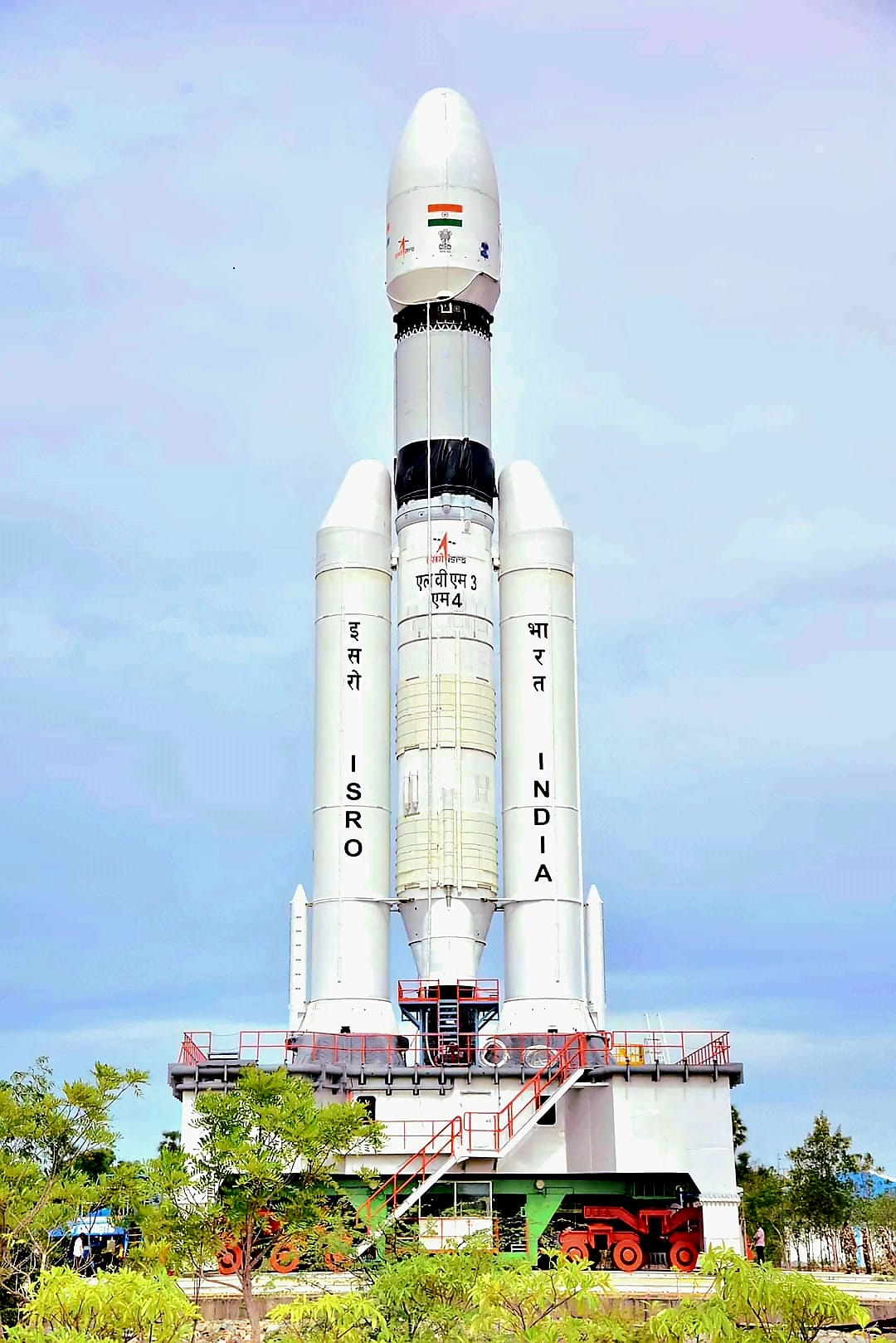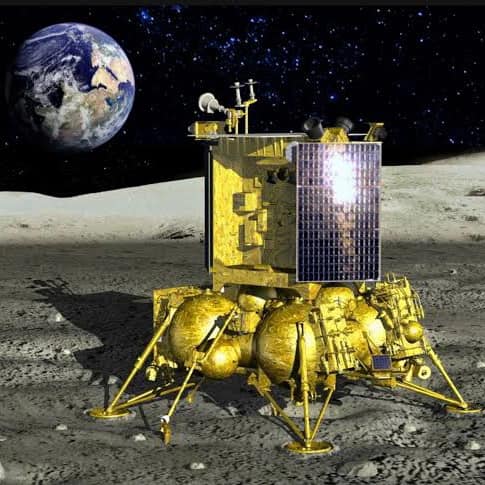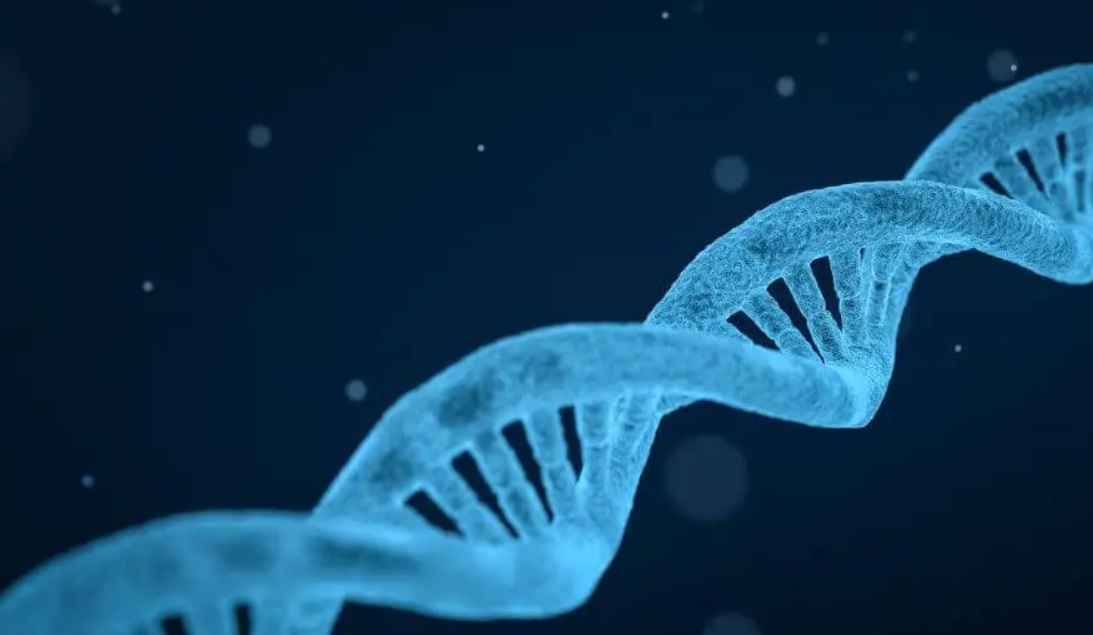
The Indian Space Research Organisation (ISRO) has revealed that the highly anticipated LVM3-M4/Chandrayaan-3 mission will take off at 2:35 pm on July 14. The lander is expected to achieve a soft landing on the lunar surface by August 23 or 24.
Comprising three modules – propulsion, lander, and rover (enclosed within the lander) – the Chandrayaan-3 spacecraft will be propelled into space by the LVM3 (Launch Vehicle Mark-III), previously known as GSLV Mk III.
Somanath S, Secretary of the Department of Space and Chairman of ISRO, informed reporters that the lander would attempt a soft landing on August 23 or 24. It was further specified that the lander’s mission life would span one lunar day, equivalent to 14 Earth days.
The selection of the soft-landing date is based on the presence of sunlight on the Moon. It is imperative for sunlight to be available during landing. Sunlight is accessible for approximately 14 to 15 days, followed by a similar period of darkness for the subsequent 14 to 15 days, as explained by ISRO officials.
The Chandrayaan-3 mission carries a range of scientific instruments designed to investigate the thermo-physical properties of the lunar regolith, lunar seismic activity, the lunar surface plasma environment, and the elemental composition in the vicinity of the landing site.
While the scientific instruments on the lander and rover are aligned with the “Science of the Moon” theme, an additional experimental instrument will focus on studying the spectro-polarimetric signatures of Earth from the lunar orbit, falling under the purview of “Science from the Moon,” according to ISRO officials.
In March of this year, the Chandrayaan-3 spacecraft successfully completed crucial tests that validated its ability to withstand the intense vibration and acoustic conditions it would encounter during launch.
The propulsion module, equipped with the Spectro-polarimetry of Habitable Planet Earth (SHAPE) payload for studying spectral and polarimetric measurements of Earth from the lunar orbit, will accompany the lander and rover configuration until it reaches a distance of 100 km from the lunar orbit.
🚀LVM3-M4/Chandrayaan-3🛰️ Mission:
Early hours today, at SDSC-SHAR, the movement of the LVM3 M4 vehicle with Chandrayaan-3 to the launch pad has commenced pic.twitter.com/Oxb7arzpYr— ISRO (@isro) July 6, 2023
The lander payloads include the ‘Chandra’s Surface Thermophysical Experiment,’ which measures thermal conductivity and temperature; the ‘Instrument for Lunar Seismic Activity’ that examines seismicity around the landing site; and the ‘Langmuir Probe’ utilized to estimate plasma density and its fluctuations.
Additionally, a passive Laser Retroreflector Array provided by the US space agency, NASA, will aid in lunar laser ranging studies. The rover payloads consist of the ‘Alpha Particle X-ray Spectrometer’ and ‘Laser Induced Breakdown Spectroscopy,’ both employed to determine the elemental composition near the landing site.
For breaking news and live news updates, like us on Facebook fb.com/thevoiceofsikkim or follow us on Twitter twitter.com/thevoicesikkim and Instagram instagram.com/thevoiceofsikkim. Visit www.voiceofsikkim.com.






